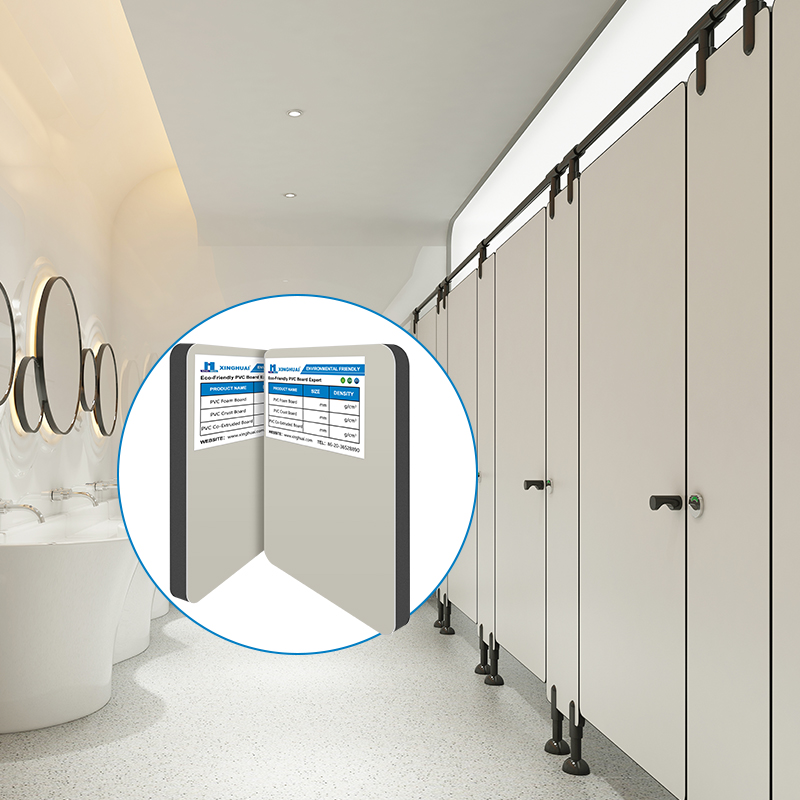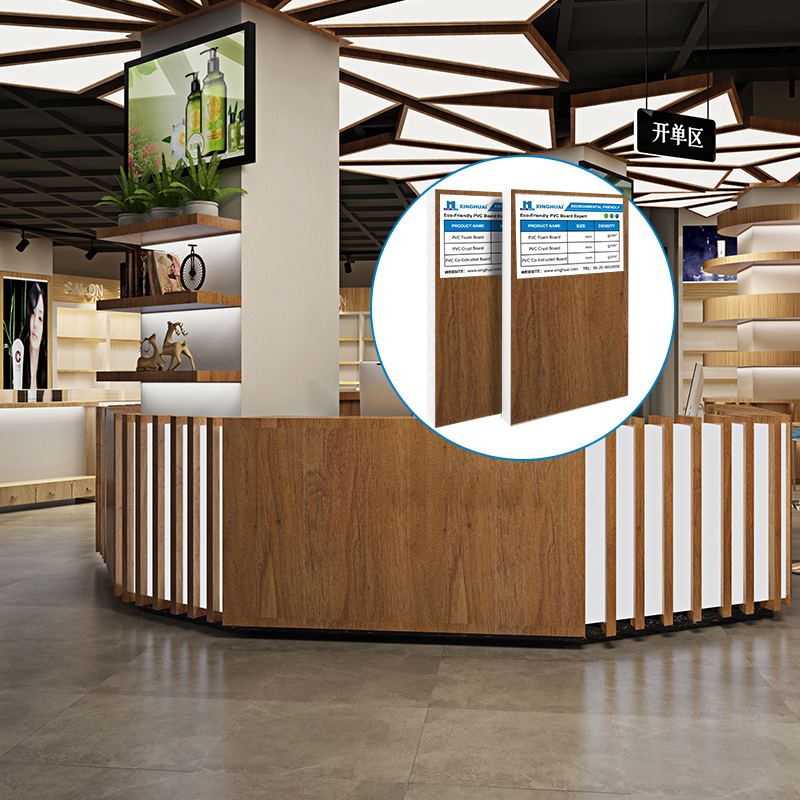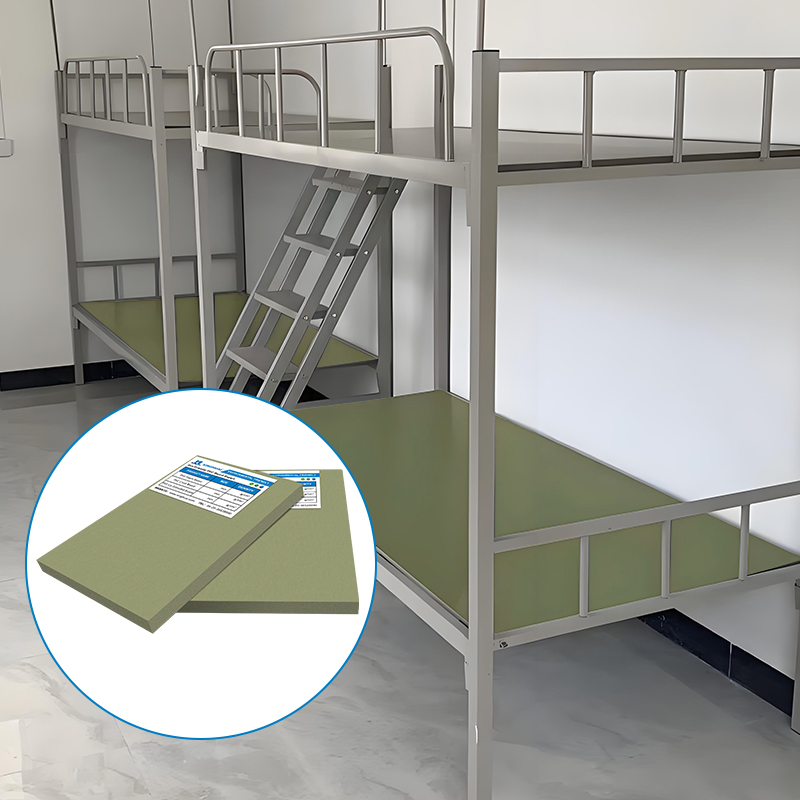How Does PVC Board Perform in Cold Weather?
PVC (polyvinyl chloride) boards, including lightweight PVC board, foam core PVC sheet, closed cell PVC foam board, PVC board sheets, and laminated PVC foam board, are widely used across industries due to their durability, versatility, and resistance to environmental factors. However, their performance in cold weather is a common concern, especially for outdoor applications. This article explores how PVC boards fare in low-temperature conditions, considering factors such as flexibility, strength, and resistance to weathering.
1. Properties of PVC Boards in Cold Weather
PVC boards are engineered to maintain stability under a range of temperatures. However, extreme cold can influence their mechanical and physical properties in specific ways:
Temperature Range
Most PVC boards are designed to perform well in temperatures ranging from -10°C (14°F) to 55°C (131°F). Specialized variants, such as closed cell PVC foam board, can endure even lower temperatures without significant degradation.
Flexibility
At low temperatures, PVC becomes less flexible due to a decrease in its molecular mobility.
Boards with a foam core, such as foam core PVC sheet, often maintain better flexibility in the cold compared to solid PVC due to their cellular structure.
Impact Resistance
PVC tends to become more brittle in freezing conditions. If subjected to sudden impacts, such as heavy loads or sharp forces, it may crack or fracture more easily.
Laminated PVC foam board, with its protective layer, offers enhanced resistance to cracking, making it suitable for colder climates.
2. Performance Metrics
1. Thermal Insulation
Closed cell PVC foam board is an excellent insulator, making it ideal for applications where thermal resistance is needed, such as in signage or construction. Its closed-cell structure traps air, reducing heat transfer.
2. Water Resistance
PVC boards are naturally waterproof, ensuring they remain unaffected by snow or freezing rain. This makes PVC board sheets a preferred choice for outdoor projects in cold, wet environments.
3. UV Stability in Cold Climates
In cold regions with high UV exposure (e.g., snowy areas), the UV-resistant properties of PVC boards help maintain surface integrity. Laminated PVC foam boards with UV coatings are especially effective.
3. Common Applications in Cold Weather
PVC boards perform well in various cold-weather applications:
Construction: Used as cladding, insulation, or formwork in areas prone to freezing temperatures.
Signage: Lightweight PVC boards and foam core PVC sheets are ideal for outdoor signs that must withstand cold and snow.
Furniture and Decorative Panels: Indoor use in unheated environments like basements or garages.
4. Tips for Optimizing PVC Board Performance in Cold Weather
To ensure optimal performance, consider the following:
Choose the Right Variant: Use closed cell PVC foam board or laminated options for added durability in freezing conditions.
Handle With Care: Avoid subjecting PVC boards to sudden impacts in cold weather to minimize the risk of cracking.
Protective Coatings: Use UV-stabilized or laminated boards for applications exposed to harsh sunlight and freezing temperatures.
Installation Considerations: Allow the material to acclimate to outdoor temperatures before installation to reduce stress and deformation.
5. Comparing PVC Boards with Alternatives
PVC boards are more resistant to cold weather than many traditional materials like wood or metal:
Wood: Prone to swelling, warping, and cracking in cold, wet conditions.
Metal: Susceptible to frost and corrosion without proper coatings.
PVC Boards: Maintain structural integrity, resist water, and offer better insulation.
6. Conclusion
PVC boards, including lightweight PVC boards, foam core PVC sheets, and laminated PVC foam boards, are well-suited for cold weather applications. While extreme cold may slightly reduce flexibility and increase brittleness, choosing the right type of PVC board and following best practices can ensure reliable performance. Their excellent water resistance, thermal insulation, and durability make them a cost-effective and practical solution for a wide range of uses in colder climates.




